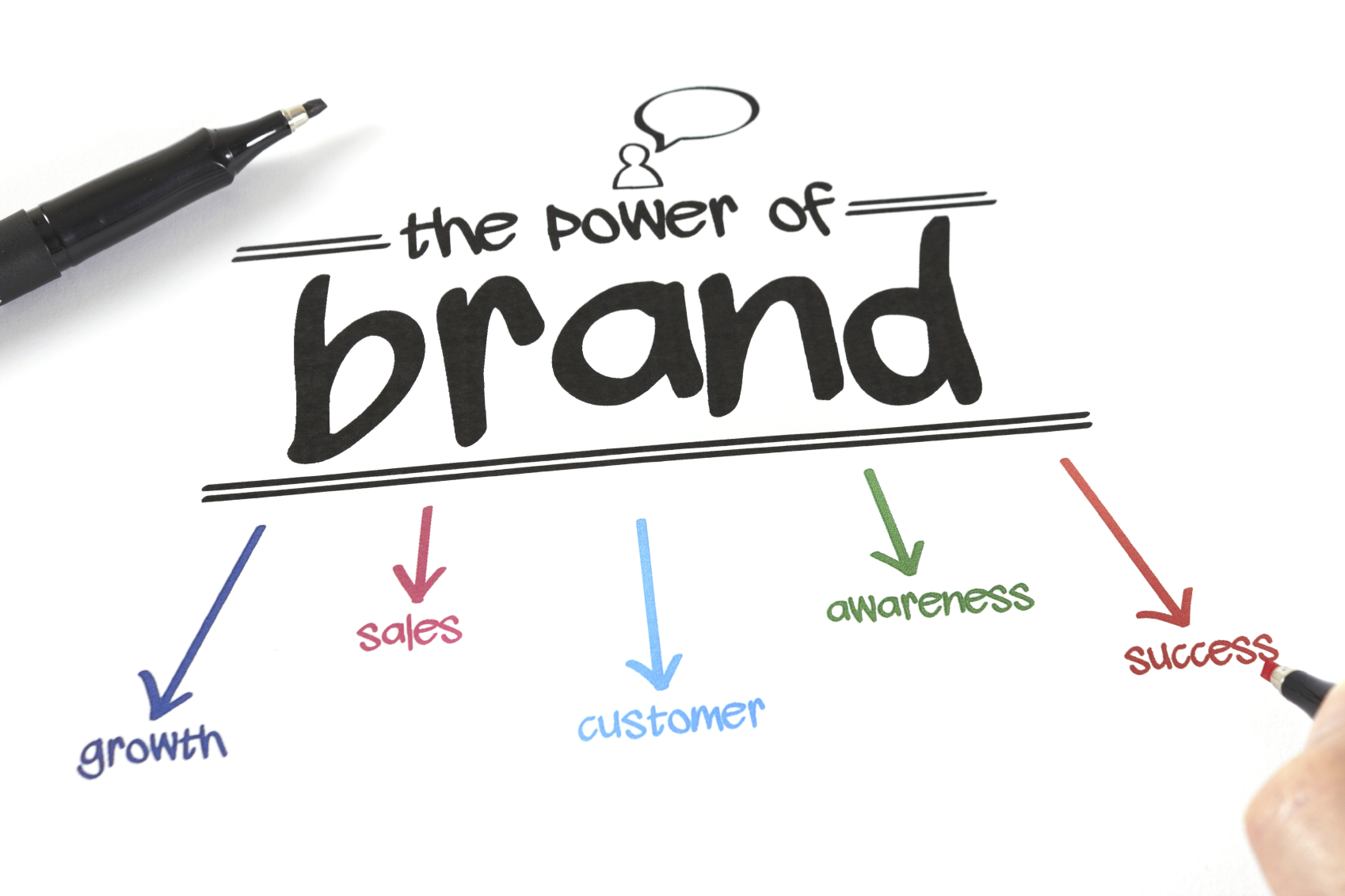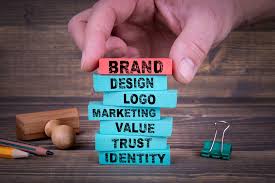Hello!
 There are many things that make up brand image, depending on who you ask. It is the company’s primary identity. It is the way a company communicates with its customers — true also. The logo is what marks the products made by the brand.
There are many things that make up brand image, depending on who you ask. It is the company’s primary identity. It is the way a company communicates with its customers — true also. The logo is what marks the products made by the brand.
Brand image is more than the visuals and images that are associated with a company. Although visuals are important in defining brand image, they do not define the image.
Let’s get to it.
Creating a Brand Image
Whether you’re setting the branding vision for your new startup or revising products/goals/themes/connections/etc. It is crucial to establish a connection between your company’s audience and your brand. It all comes down to your brand image.
 It’s easy to think of brand image only as the visuals accompanying your branding efforts. However, brand image has many other components. All of these components are important in the success and loyalty of your brand.
It’s easy to think of brand image only as the visuals accompanying your branding efforts. However, brand image has many other components. All of these components are important in the success and loyalty of your brand.
Solomon Thimony, Forbes writer, describes the brand image as “the mix of the associations consumers make with your business based on every interaction they have” (in other words, each point of communication or connection between you and your customer equates to the overall brand image).
It’s easy to see that it’s not just about your logo or advertising campaigns. However, that doesn’t mean you have to ignore details like those.
What goes into a brand image
It is all about putting together a brand image. The more information that is put into it, the better the image will be.
Every detail an entrepreneur puts into their brand image on the internet feeds back into it.
 A brand image is a collection of connections that are constantly changing and adapting, much like the relationships between people. In practice, however, it is important to know what needs to be highlighted in order to create a strong brand image. You might miss an opportunity to enhance your brand image. This will increase your brand loyalty and connection with your audience.
A brand image is a collection of connections that are constantly changing and adapting, much like the relationships between people. In practice, however, it is important to know what needs to be highlighted in order to create a strong brand image. You might miss an opportunity to enhance your brand image. This will increase your brand loyalty and connection with your audience.
Visuals –
This is a good place to start. The word “image” is in the “brand image” section. Good visuals are an important part of branding. Your choice of color palette, graphics, and whether you use a logo maker program or a professional graphic artist all play a role in how your audience views your brand. This will also impact how they interact with it.
Advertising –
We’ve all seen poorly executed advertising that makes us wonder why they bother. Bad advertising can leave a bad taste on the mind of the audience and impact whether they decide to interact with the brand. A good, creative advertisement can influence viewers in a positive way.
Clear messaging –
 This is essential for both advertising and brand visuals. It also matters through social media and official websites. The brand’s promises and their ability to keep them. The messaging of your brand can be confusing if a viewer doesn’t know what it is about, the goals, products, or services offered, or if they are the right audience.
This is essential for both advertising and brand visuals. It also matters through social media and official websites. The brand’s promises and their ability to keep them. The messaging of your brand can be confusing if a viewer doesn’t know what it is about, the goals, products, or services offered, or if they are the right audience.
Customer Service –
This is an easy area to overlook but can pay dividends if handled properly. More than 70% of consumers love a brand due to its excellent customer service. However, almost half of them would not choose to return to the brand if they received poor customer service. One-on-one customer support is the best way to build a brand image.
Contact –
 A lack of contact can have a negative effect on brand image. Although it may seem simpler for the brand to just address the problem at the source, it can only lead to more frustration from customers who are unable or unwilling to discuss potential issues with representatives. After being given the runaround on social media or their website, I have personally written off multiple brands.
A lack of contact can have a negative effect on brand image. Although it may seem simpler for the brand to just address the problem at the source, it can only lead to more frustration from customers who are unable or unwilling to discuss potential issues with representatives. After being given the runaround on social media or their website, I have personally written off multiple brands.
Public Relations –
This is a great opportunity for brands to be in control of their image. Sponsoring and participating in community events are clear signs that the company values. Nearly 90% of consumers are willing to stay loyal to brands that share their values. This is a striking statistic that illustrates how important brand image is in company growth.
Also read: Alphabet (GOOGL) Emerges as the World’s Most Profitable Company
Follow up —
 This is a particular aspect of customer service that should be addressed more deeply in the customer-brand relationship. Following up is more than ensuring customers are happy with their purchases.
This is a particular aspect of customer service that should be addressed more deeply in the customer-brand relationship. Following up is more than ensuring customers are happy with their purchases.
It is also about finding out why consumers might be dissatisfied or disappointed. Why viewers who didn’t become buyers never went on to buy. Why people who left a website don’t return. Following up demonstrates a brand’s continued interest in us, and we love it when we are listened to.
Brand Image — The Good, the Bad, and the Ugly
Brand image can be problematic, regardless of what brands do. This is because there are no guarantees that brand image will remain the same. Brand image is dependent on how people interact with the brand. While you can choose carefully the visuals, products, and customer service that appeal to your audience, as well as outreach and follow-up, there will always be exceptions.
While you may be able to please certain people at times, it’s impossible to please everyone all the time. That’s why brands are constantly under the control of a brand image.
 It is not possible to measure the success of your brand image by making sure every customer is happy. It is impossible to guarantee that and it will take a lot of effort and time to achieve the 100 percent standard.
It is not possible to measure the success of your brand image by making sure every customer is happy. It is impossible to guarantee that and it will take a lot of effort and time to achieve the 100 percent standard.
Setting a standard for brand image quality is essential to ensure brand loyalty and customer satisfaction. Entrepreneurs have the best chance to succeed in the future by including all of the above elements.
Thank you!
Subscribe to our newsletter! Join us on social networks!
See you!






